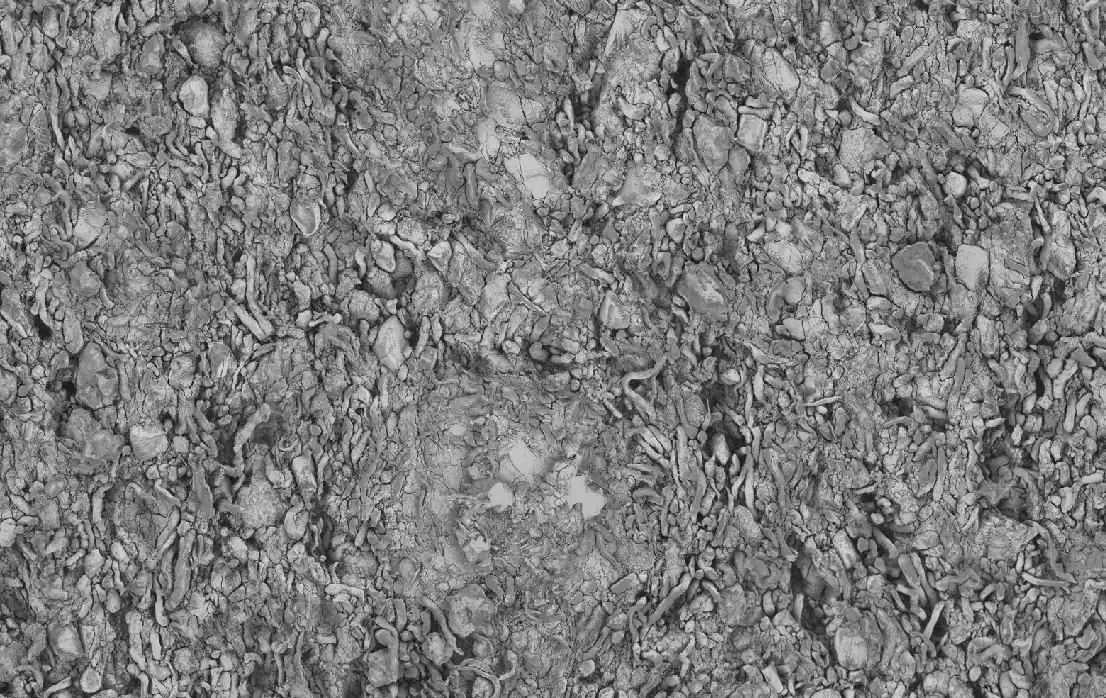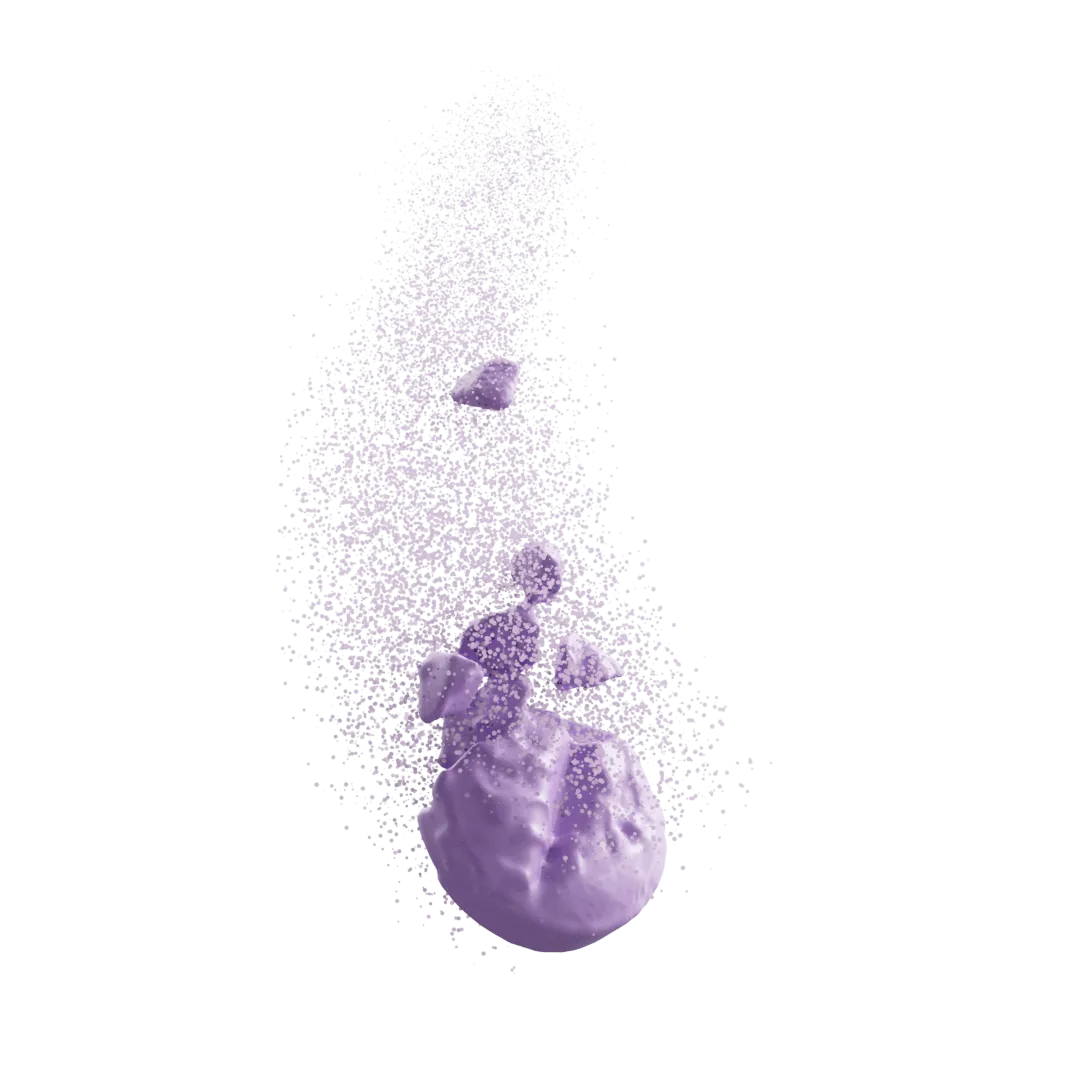Controlled Ice Nucleation (CIN) Impact on Lyo Microstructure

Root Cause Analysis of An Inverse Relationship Between The Ice Nucleation Temperature, Process Efficiency And Quality of A Lyophilized Product
The aim of this study was to probe an unexpected relationship between the ice nucleation temperature (TIN), process efficiency and product attributes in a controlled ice nucleation (CIN) lyophilization process. An amorphous product was lyophilized with (CIN-5 °C, CIN-7 °C or CIN-10 °C) or without (NOCIN) control of ice nucleation. Process parameters and product attributes were monitored and compared using a series of advanced in-line and off-line process analytical technology (PAT) tools. Unexpectedly, an indirect relationship was observed between TIN and primary drying efficiency for the CIN processes. Further, the CIN-5 °C process was associated with higher product resistance to mass flow than corresponding CIN-7 °C and CIN-10 °C processes. Surprisingly, the air voids in some NOCIN products were larger than CIN-5 °C products but comparable to CIN-7 °C. Heat flux analysis revealed an indirect relationship between TIN and the minimum hold time required to complete solidification. The heat flux analysis also revealed all products underwent complete solidification prior to primary drying. The order of homogeneity in water activity of the products was CIN-5 °C ≥NOCIN>CIN-7 °C. The higher homogeneity in water activity of CIN-5 °C than corresponding CIN-7 °C processes indicated that the lower process efficiency of CIN-5 °C could not be attributed to unsuccessful induction of ice nucleation during CIN-5 °C. High resolution micro-CT imaging and Artificial Intelligence Image analysis revealed cake wall deformation in CIN-7 °C and NOCIN products but not in CIN-5 °C. In addition, NOCIN products had bimodal distribution in air voids with median size range of 4–5 µm and 151.9–309 µm, respectively, hence the lower process efficiency of NOCIN despite the higher D90. Thus, the observed relationship between TIN and process efficiency may be attributed to microstructural changes post freezing. This hypothesis was corroborated by visible macroscopic cake collapse in NOCIN products but not in CIN products after lyophilization at a higher shelf temperature. In conclusion, the advantages of controlling the ice nucleation temperature of a lyophilization process may only be attained through a robust process design that takes into consideration the primary and secondary drying process parameters. Further, combined use of advanced in-line and off-line PAT tools for process and product characterization may hasten the at scale adoption of advance techniques such as CIN.

Maxwell Korang-Yeboah, Ann-Marie Ako-Adounvo, Leanna Hengst, Xiangyi Dong, Shawn Zhang, Lisa Ma, Thomas O’ Connor, Muhammad Ashraf
Published with the FDA
https://doi.org/10.1016/j.xphs.2023.08.019
Additional Publications
Transform Your Program with Microstructure Science
Get started with a drug product digital twin.















